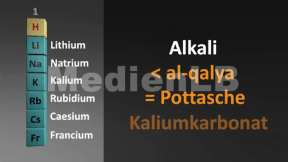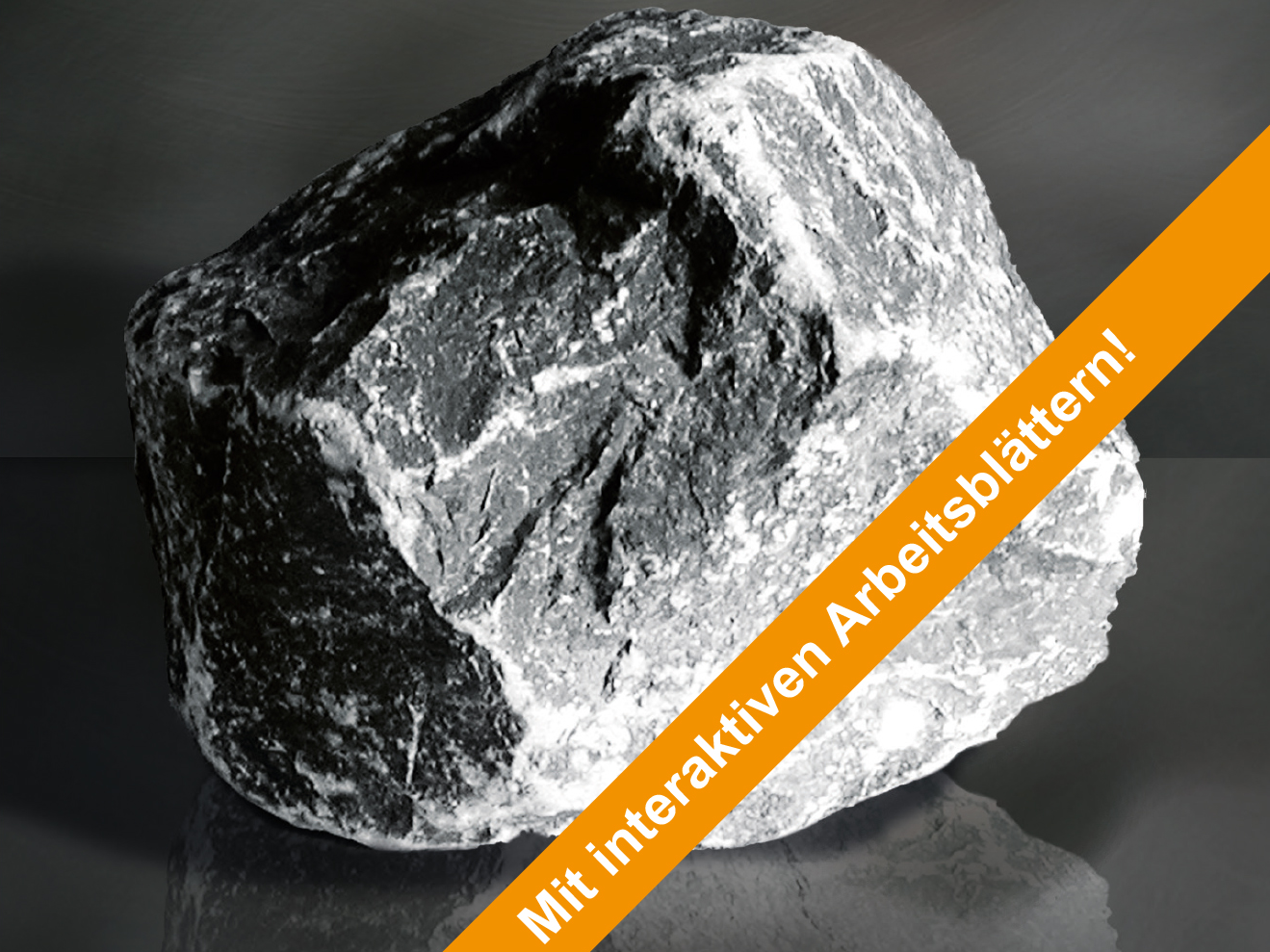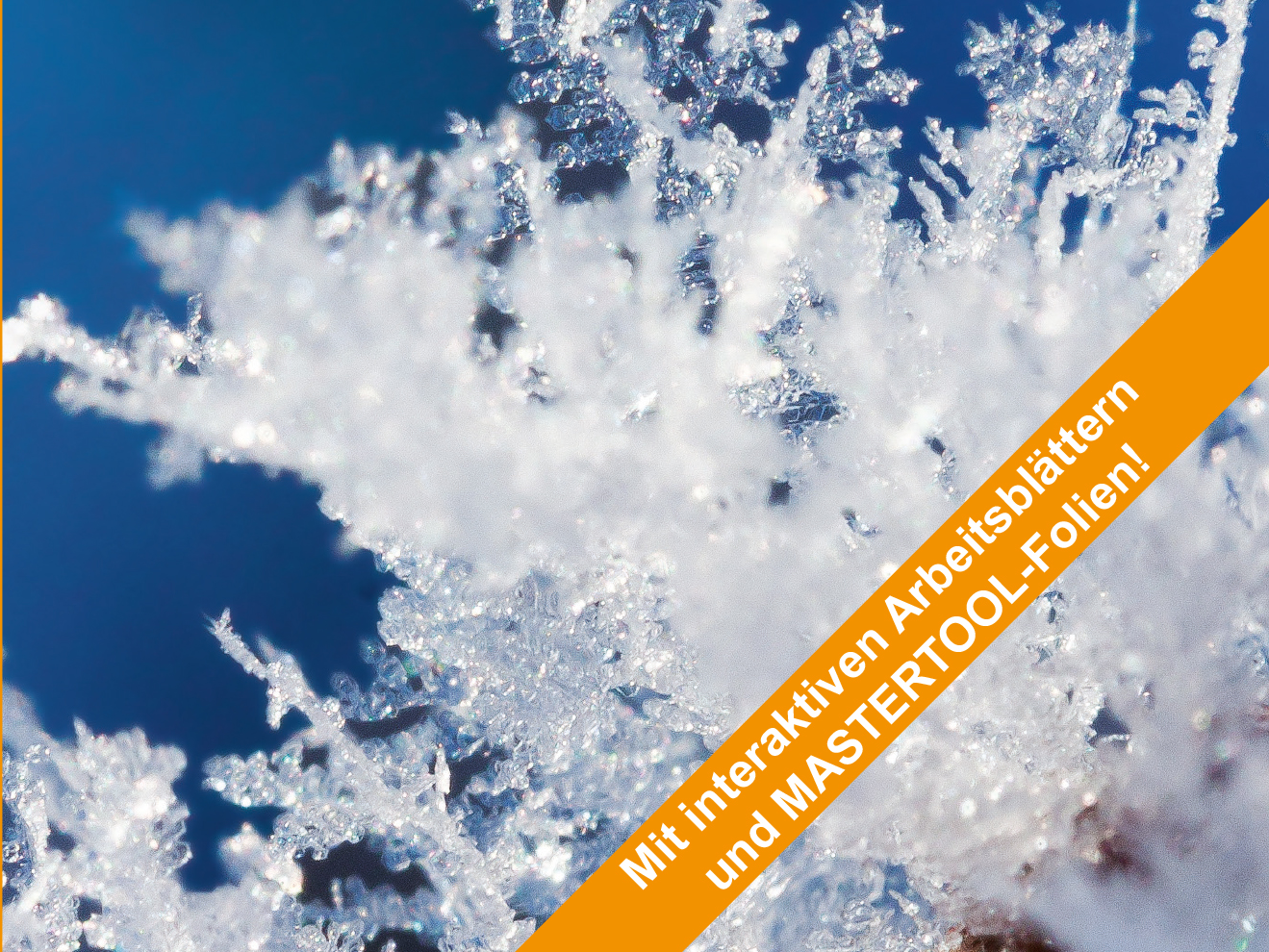
55506135
Lerneinheit Chemie 8 – Kalk
In unserem Arbeitsheft „Lerneinheit Chemie 8 – Kalk“ finden Sie 10 interaktive und didaktisch aufbereitete Aufgaben zum Thema Kalk.
Über die Beschreibung der Entstehung und Funktion von Kalk, geben die Aufgaben Hinweis auf seinen Einsatz in der Industrie oder auch im Alltag.
Unterschiedliche Aufgabentypen dienen der Wissensvermittlung, Wissensvertiefung und der Lernstandabfrage.
Die Aufgaben sind mit H5P erstellt und können ohne zusätzliche Software angewandt werden.
Lernen macht jetzt Spaß!
Demo
Included Tasks
- Kalk - Seine Funktionen
- Kalk - Von der Entstehung bis zur Verwitterung
- Kalk - Abbau und Gewinnung
- Kalk - Einsatz in der Industrie
- Kalk im Alltag
- Kalk - Finde die Bildpaare
- Kalk - Schulversuche
- Kalk - Suchsel
- Kalk - Kreuzworträtsel
- Kalk - Teste dein Wissen
Curriculum-centred and oriented towards educational standards
Matching
Fascination Lime
Many products used in everyday life are impossible without lime. These are, among others, glass, sugar, paper as well as pharmaceutical and cosmetic products. The raw material is also indispensable in the construction materials industry. Iron and steel producers need limestone, in environmental protection it is used, for example, for air cleaning and drinking water purification.









